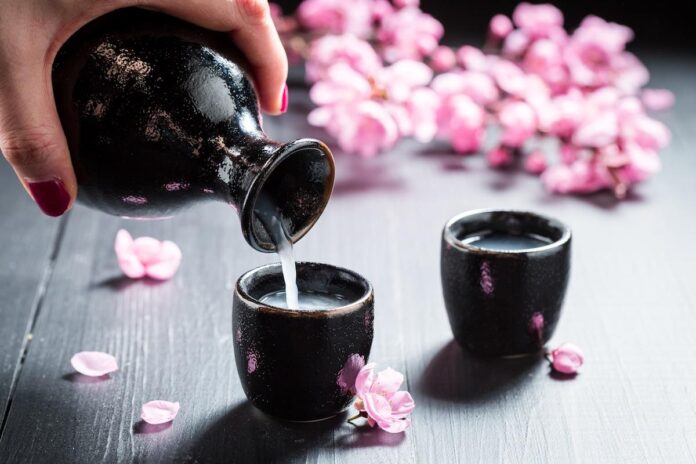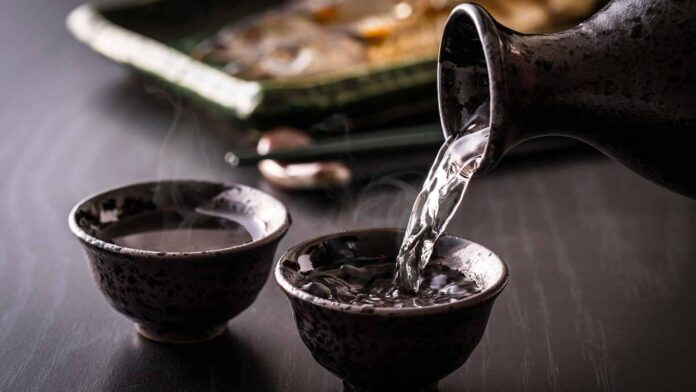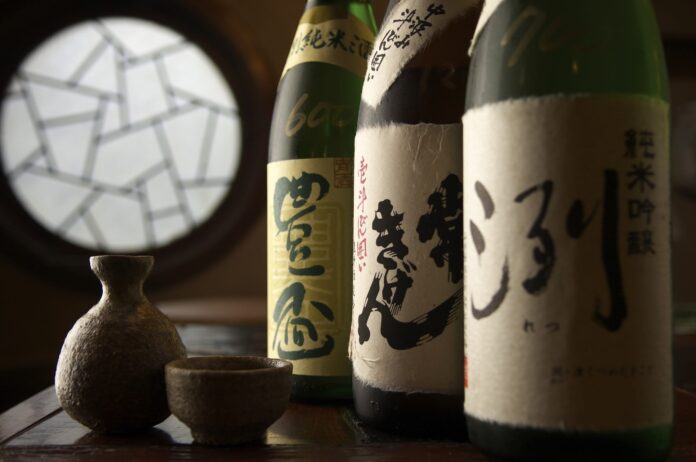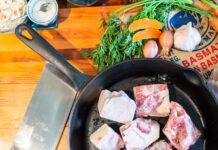
Sake, the epitome of Japanase tradition, is more than just a beverage—it’s an experience that gives you a taste of history, culture, and the spirit of the Land of the Rising Sun.
Just as the complex notes in a good glass of sake intertwine, there are multiple facets to this fascinating brew.
From production techniques to the plethora of varieties, a broad understanding of sake is the cornerstone of any professional’s education.
Exploring Sake Tasting Techniques: Developing a Discerning Palate
To the untrained palate, the differences among various sakes might appear subtle, yet with practice, one can discern the nuances and complexities that each bottle offers.
Your journey into sake tasting might seem intimidating at first, but fear not! Tasting techniques are built slowly, and a discerning palate is earned through thoughtful sipping and consistent practice.
When tasting sake, engage all your senses—a fundamental practice for any aspiring sake specialist.
The visual inspection reveals clarity, color, and luster, providing clues about the sake’s style and quality.
Swirling this drink in your glass releases its fragrance, each note whispering secrets about the rice, yeast, water, and the region’s terroir.
Then comes the actual tasting—take a small sip, let it coat your palate, and breathe out through your nose to fully engage your sense of taste and smell.
It’s through these practices that one truly starts the journey to becoming a specialist.
Building a discerning palate is a long but rewarding journey. It requires constant curiosity, an open mind, and a commitment to ongoing education.
As you delve deeper, you’ll start noticing flavors and aromas that were previously elusive. You may detect the floral elegance of a Ginjo or the rich, savory tones of a Yamahai.
The language of rice wine will become clearer, allowing you to communicate your experiences and connect with others on this shared passion.
Brewing Process: From Rice Polishing to Fermentation

The sake brewing process is a harmonious blend of tradition and innovation. It begins with rice polishing, where the outer layers of the rice grains are removed.
The degree of polishing greatly influences the final flavor profile of the rice wine, with more refined sakes typically having a higher degree of polishing.
Following polishing, the rice is washed, soaked, and steamed. The steamed rice then encounters koji mold.
This stage is crucial, as koji transforms the rice’s starches into sugars, which will later be converted into alcohol. Half of the rice is used to create the koji, while the rest is reserved for the brewing mixture.
The brewing process, known as multiple parallel fermentation, sets sake apart from other alcoholic beverages.
Here, koji-rice, steamed rice, yeast, and water come together in a series of additions over four days, creating the main fermentation mash called moromi.
This mash ferments for about 18-32 days, after which it’s pressed, filtered, and sometimes pasteurized, leading to the final product—sake.
Understanding this brewing process deepens one’s appreciation of the craftsmanship involved in rice wine production and prepares aspiring professionals for the next stage: quality control.
Quality Control: Grading, Assessing, and Evaluating Sake
A key aspect of becoming a sake professional is mastering the art of quality control. It involves grading rice wine, assessing its quality, and providing an educated evaluation.
It’s a responsibility that demands a discerning palate, keen observation skills, and a comprehensive understanding of the rice wine production process.
Grading sake revolves around parameters such as the polishing ratio, the presence or absence of additional alcohol, and whether the drink has been pasteurized.
These grades give an initial impression of the rice wine’s style and potential quality. However, the true essence of rice wine is revealed in the tasting and evaluation process.
Food Pairing: Enhancing Culinary Experiences
Pairing this drink with food is an art form that transforms meals into memorable culinary experiences.
The potential combinations are virtually limitless—there are rice wines to complement delicate sashimi, spicy curries, creamy cheeses, and even rich chocolate desserts.
The key is to balance the flavors and textures, allowing each element to shine without overpowering the other.
The process of pairing starts with understanding the flavor profiles of various rice wines and how they interact with different foods.
A Junmai Daiginjo, known for its delicate and complex flavors, might pair well with lighter dishes, while a robust Junmai might stand up to heartier fare.
The interplay between the sake and food can create harmony, contrast, or a blend of both, each leading to unique gastronomic delights.
Exploring rice wines and food pairings can feel like a never-ending adventure. As you experiment, you’ll not only enhance your own dining experiences, but you’ll also gain the skills to advise others, adding a valuable dimension to your expertise.
Service and Presentation: Mastering Pouring and Serving Techniques

Just as crucial as understanding the production and tasting of rice wine is learning how to serve it.
Sake service is steeped in tradition, respect, and aesthetic appreciation, all of which play into the enjoyment of the drink.
Mastering these techniques is integral to a sake professional’s role, whether you’re serving guests in a restaurant, educating clients in a retail setting, or representing a brewery at a tasting event.
Rice wine is typically served either chilled, at room temperature or warmed, depending on the style and quality of the sake and personal preference.
The type of sake, the occasion, and the season can all influence the serving temperature.
Understanding these nuances and knowing how to adjust them to enhance the flavor is part of a sake professional’s expertise.
The presentation is equally important. From the choice of sake ware—like the delicate sakazuki or the versatile ochoko—to the pouring techniques and etiquette, every detail contributes to the experience.
By mastering these skills, you can ensure each rice wine is enjoyed in the best possible way, furthering your journey towards sake expertise.
Exam Preparation and Study Tips: A Roadmap to Success

Finally, earning your sake professional certification isn’t just about building knowledge and skills—it’s about demonstrating them through an exam.
It’s normal to feel overwhelmed at the prospect, but with a strategic study plan and some helpful tips, you can navigate this challenge successfully.
Start by reviewing the syllabus thoroughly, identifying areas you’re confident in and those where you need more focus.
Break down your study schedule into manageable chunks, allocating time each day to read, take notes, and revise.
Use a variety of resources—books, online courses, seminars—to broaden your knowledge and gain different perspectives.
Practice tasting regularly, ideally with a group so you can share observations and learn from each other.
Keep a tasting journal to record your impressions and track your progress. It’s also beneficial to visit breweries, if possible, to witness the brewing process firsthand and deepen your understanding.
Conclusion
With the right guidance and resources, becoming a sake professional is achievable. By understanding the core concepts of rice wine production and tasting, you can develop an appreciation for this valuable craft.
While it may take time to achieve your professional certification, the journey should be just as enjoyable as reaching your destination. With dedication and hard work, you too can become a certified sake expert in no time!








